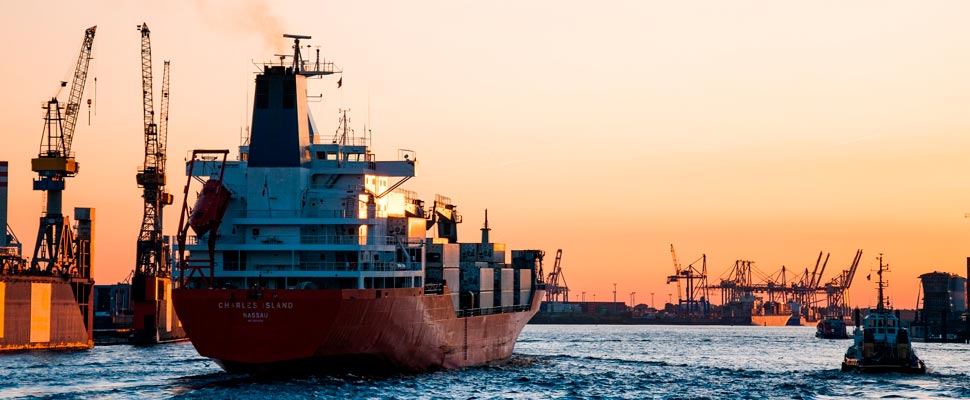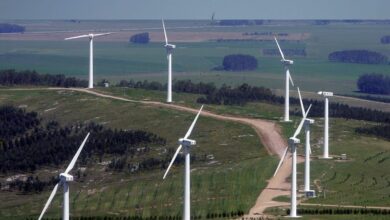What would the increasing use of natural gas on ships imply?
Looking ahead, humanity must think about how to solve the issue of energy for transportation. Could natural gas be a solution? .

27% of the merchant ships under construction will use alternative fuels to move. / Photo: Pexels
LatinAmerican Post | Ariel Cipolla
Listen to this article
Leer en español: ¿Qué implicaría el creciente uso del gas natural en los barcos?
Climate change worries everyone. Although currently, the main issue is COVID-19, reality implies thinking ahead. For example, from Greenpeace they warn that there are bad scenarios, such as the 4.8 degree increase in temperature at the end of this century.
Knowing this, there are some actions that begin to provide alternatives in order to affect the environment much less. Among them, the change in the use of energy for transport. One of the most common problems occurred in ships, which commonly used diesel or oil, which at some point will run out… or will they?
Well, according to The Wall Street Journal, 27% of merchant ships that are under construction will use alternative fuels to move. For example, the most popular is liquefied natural gas (LNG), although liquefied petroleum gas (LPG) also appears as another option. Let's see what this situation would imply.
The use of natural gas in transportation
First of all, it must be said that this industry is responsible for 2.5% of global emissions. In addition, as we well warned, there is the problem of the shortage of resources in the short term, which comes hand in hand with regulations in some areas. For example, Europe will need to reduce its emissions by 50% by 2050.
For this reason, the use of LNG is becoming a clearer trend within this sector. For example, global shipyards have about 227 merchant ships under construction powered by this energy, in addition to about 202 that are in operation. Although they are a small fraction of the global fleet (representing some 60,000 ships), the trend is clear: logistics companies are aiming for less harmful energy.
Since they emit fewer gases, they are more environmentally friendly, but there is also a question of cost: they are cheaper in operation. In terms of handling, we are talking about 20% fewer expenses than that of a conventional vessel. However, the main issue is investment, since construction can be up to 15% more expensive, despite the fact that the expense is justified in the future.
Also read: Opinion: Is it really in our hands to stop climate change?
So LNG-powered ships emit 25% less CO2, which is especially important for environmental organizations. However, it is not really clean energy. The main disadvantage is methane that does not burn in the combustion of natural gas, so in the long term, it would mean a problem.
In this sense, a study by Springer revealed that in the long term it would mean a problem just as important as CO2. Looking ahead to 20 years, methane will have an impact even 86 times more severe than carbon dioxide, contributing negatively to the greenhouse effect . Even the International Council for Clean Transport (ICCT) indicates that it generates 82% more emmisions than conventional ships.
So fossil fuels, from this point of view, would not appear to be the long-term solutions, including natural gas. Despite this, the industry is not of the same opinion. Knowing that 80% of all the world's goods move through the oceans, the pollution of 2.5% of global emissions seems to be little for the merchant marine. That is, ships impact much less than airplanes, for example.
However, the industry wants to take advantage of the cost-benefit ratio in the short term, offering a partial solution to environmental problems. That is, if they manage to temporarily satisfy the organizations that take care of the planet, in addition to generating an investment to spend less in the future, it is clear why natural gas is becoming a fuel for ships.




